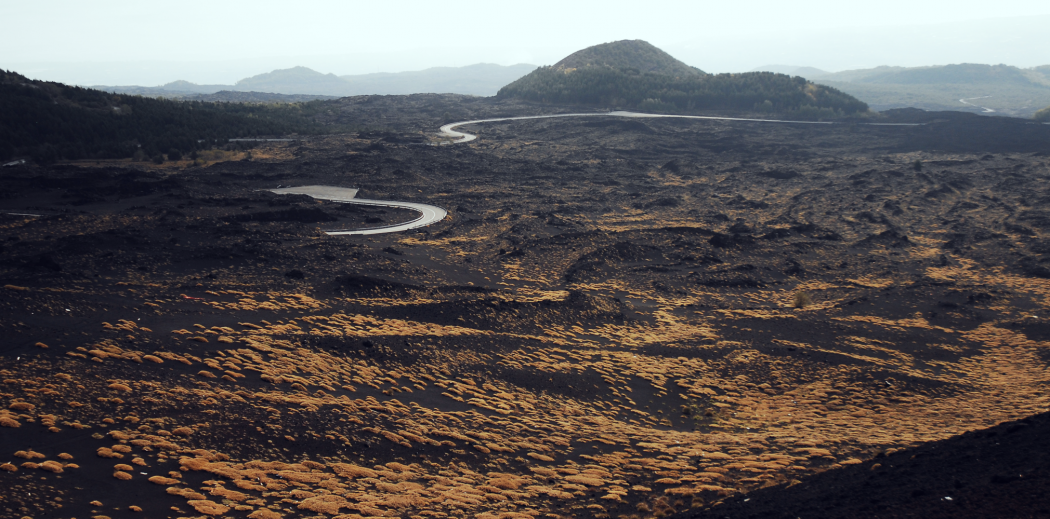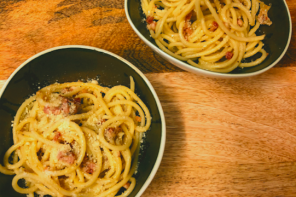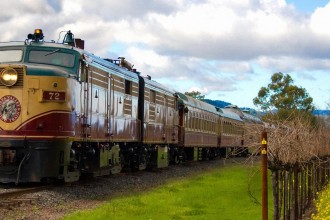If you’re anything like me, when I was a kid volcanoes were a huge issue. The lava would get everywhere, forcing you to throw couch cushions on the floor to use as rafts in order to get the hell out of the molten hot explosion. As I got older lava became less of a day-to-day problem – but as soon as I entered the wine world I found out that even though it’s not ‘lava in your living room’ level, volcanoes still have an impact on some of the wines we drink.
There are a ton of wine growing regions around the world that lie in volcano territory. And even if a vineyard is not at the foot of a volcano, a great many vines are planted in volcanic soil (soil from active volcanoes, but also dormant and extinct volcanic soils as well). Here is a list of hot spot regions that have/had ash in the soil and what it actually is doing to the wine.
Italy
Italy has an ass-ton of volcanic soil, but the trendiest and most well-known are the Sicilian wines, because they straight up sit at the base of Mama Etna (the baddest and most active volcano of them all). Mt. Etnas last eruption was in 2007, and is still actively erupting, sorry to blow your mind.
Sicily is known for its fat backed reds and funky zesty whites that usually come from really old vines of indigenous (and infrequently talked about) grapes such as Nerello Cappuccio, Nerello Mascales Nero d’Avola. Grillo, Perricone, just to name a few.
In my Sicilian wine drinking experience, these wines are layered and flush with beauty and elegance, probably because the winemakers in these parts are kickass old pros. You can taste & smell the volcanic soils through the slightly wet, black sand beach, dusty vibe that comes through. You can feel it in the structure of the tannin, that can appear crumbly tactically on the center of your tongue.
New Zealand
I never knew that pretty much all of New Zealand is covered with frickin’ volcanoes, but it is! They have extinct, dormant, and active volcanos that have most recently erupted in 2012, 2013 and 2015. These areas are known mainly for their Sauvi B’s that often are total passionfruit bombs and are usually manipulated by yeasts to give them that ultra-tropical vibe. The volcanic ash and the terrior comes through in the more complex ones, giving them a flinty fieriness that is brilliant and makes for elaborate wines.
Germany
Baden is one of the bigger wine regions in Germany located in the southwest corner of the country along the sandy shores of the Rhine river. The soils of this region, mainly around the area of Kaiserstuhl, are jam packed with extinct volcanic ash. The wines of Baden are often viewed as some of the stars of German wine. This could be due to the sunshine they get (that many other German wine growing regions here fail to receive), but I’d like to think it’s a dope ass combo of sunshine, soil and the diversity of grapes they grow.
The ancient ash in the soils here isn’t as clear-cut. However, it comes through in the overall quality of the wines from the minerality to the texture, the soils in Baden are a game changer.
Greece (Santorini)
Greece is made up of so many tiny islands is hard to keep them all straight sometimes. If you can remember Santorini and Assyrtico you can come off looking like a worldlier, doper version of Robert Parker. In 1650 b.c. the Island of Santorini was covered in ash, in addition to lava and pumice stone. This shitty situation laid the groundwork for lush, well-formed and distinctive soil. Assyrtico, the shining star of all the Greek grapes shows the nuances of the ash in the soils through their sublime dusty, wet rocky wines that are perfect for any time of the year.
These are just a few regions that have been affected by volcanoes. Having insight into soil types is always important when trying to understand what’s in your glass. Maybe one day we can all get together and play a rip-roaring round of ‘Name that soil.’ I’ll host, you bring the volcano juice.








